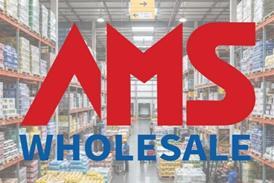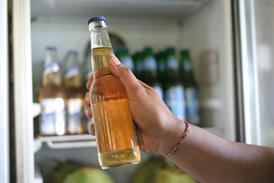- Home
- Retail & Wholesale
-
Products & Suppliers
- Back to parent navigation item
- Products & Suppliers
-
Product Categories:
- Back to parent navigation item
- Product Categories:
- Alcoholic drinks
- Bakery
- Cereals & breakfast
- Cheese
- Chicken & poultry
- Chocolate
- Confectionery
- Crisps, nuts & snacks
- Dairy
- Fish
- Fresh produce
- Frozen
- Household
- Meat
- Own Label
- Sauces & condiments
- Seasonal
- Soft drinks
- Vaping
- Vegan & plant-based
- World foods
- Suppliers
- People
- Reports & Data
-
Topics A-Z
- Back to parent navigation item
- Topics A-Z
-
Popular topics:
- Back to parent navigation item
- Popular topics:
- Cost of living crisis
- Crime
- Deposit Return Schemes
- Finance
- Government & Regulation
- Health
- Inflation
- Loyalty
- Marketing
- Mergers & Acquisitions
- New Product Development
- Sourcing
- Supply chain
- Sustainability & environment
- Technology
- Ultra Processed Foods
- Vaping
- A-Z all topics
- Content by type:
- Events
- Ask iA (beta)
- Subscribe now
Curtain call or comeback? The latest act of retail theatre
By Stephen Jones2025-06-25T08:52:00

As consumers prioritise speed, efficiency and price when it comes to their weekly shop destination, is exciting retail theatre facing the final curtain?
As consumers prioritise speed, efficiency and price when it comes to their weekly shop destination, is exciting retail theatre facing the final curtain?
Is retail theatre dead? It’s a reasonable question to ask when visiting your standard supermarket today. The cafés, scratch bakeries and counters that once offered the ‘personal touch’ are largely gone. In their place are self-serve bays and banks of self-checkouts. All in all, supermarket visits can feel increasingly utilitarian – the only difference being the colour of the loyalty card scanned.
Already have an account? Sign in here
Already have an account? Sign in here






